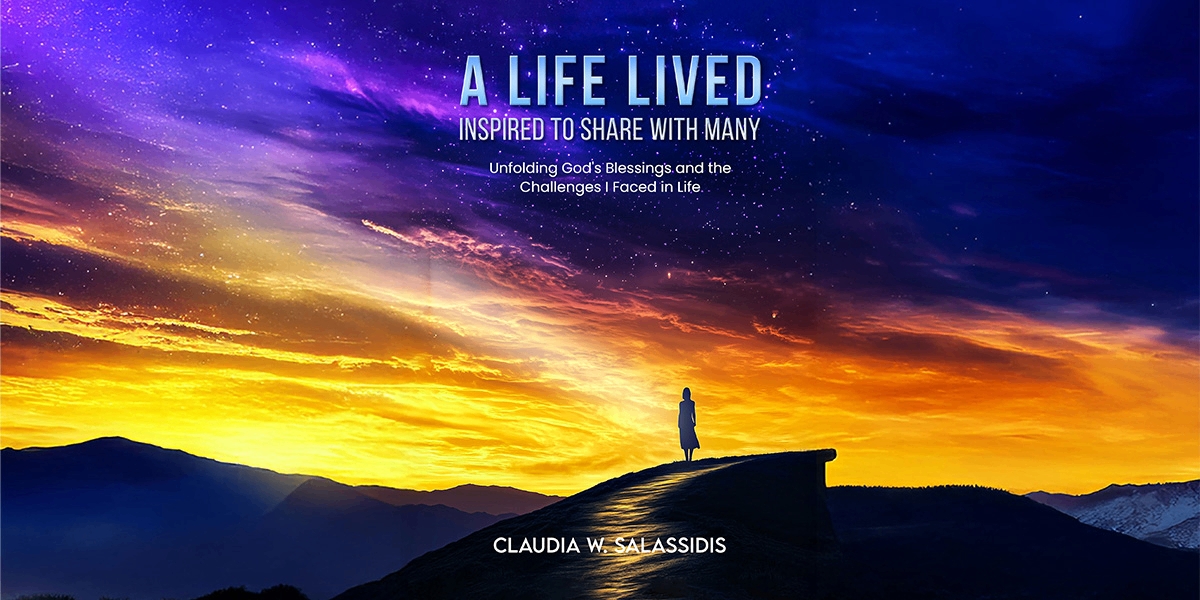Stories as Simulators and Inspirations
Stories are powerful tools that transcend simple entertainment—they act as simulators, allowing audiences to envision different outcomes and scenarios. Through storytelling, individuals can explore new ideas, possibilities, and emotional experiences in a safe and engaging manner. By placing audiences within a narrative, stories offer a unique opportunity to simulate real-world situations, providing valuable insights without direct risk or consequence. This immersive quality is what makes stories so compelling: they allow people to experience, reflect, and learn through others’ experiences.
Additionally, stories serve as sources of inspiration. They spark creativity, motivation, and action by demonstrating how characters face challenges, overcome adversity, and ultimately triumph. These narratives offer not just entertainment but also life lessons that encourage audiences to adopt new perspectives, modify behavior, or pursue goals with renewed vigor. Whether it’s the journey of a fictional character or a real-life individual, stories offer models of behavior that influence and inspire. This is why storytelling is so ingrained in human culture—stories shape both our understanding of the world and our aspirations within it.
Ultimately, stories have the power to simulate realities, ignite creativity, and inspire positive change. They provide frameworks for how to approach challenges, make decisions, and view the world, giving individuals a sense of agency and possibility. By understanding the power of stories, communicators can craft narratives that simulate the very future they wish to inspire in their audience.
Read also: Redrawing Market Boundaries: The Six Paths Framework for Strategic Innovation
Three Key Story Archetypes (Challenge, Connection, Creativity)
Stories often follow certain archetypal structures that resonate deeply with audiences, and three of the most prominent archetypes in storytelling are challenge, connection, and creativity. Each of these archetypes taps into fundamental human experiences and emotions, making them universally compelling.
The Challenge archetype focuses on conflict or obstacles that characters must overcome, often embodying themes of resilience, struggle, and determination. This type of story is highly relatable, as everyone faces challenges in their own lives. A story centered around overcoming adversity can build empathy and motivate action by showing the audience that obstacles can be surmounted with persistence and ingenuity. It appeals to audiences’ innate sense of resilience and encourages them to keep moving forward in the face of difficulties.
The Connection archetype centers around relationships, bonds, and the human need for belonging. These stories often explore themes of friendship, love, family, or community, highlighting the importance of emotional connections. The power of connection stories lies in their ability to make audiences feel seen, understood, and valued. By showcasing the emotional journey of connecting with others, these stories foster a sense of unity and shared experience, making them incredibly effective for building trust and loyalty with an audience.
The Creativity archetype celebrates innovation, exploration, and new ideas. These stories are about visionaries and pioneers who push the boundaries of what is possible. Creativity-driven narratives inspire audiences to think outside the box, challenge conventional wisdom, and embrace change. Whether it is a groundbreaking scientific discovery or an artist’s journey, stories of creativity inspire action by showcasing how individuals or groups can shape the future through bold thinking and perseverance.
Each of these archetypes taps into core human emotions, which is why they are so effective at capturing attention and engaging audiences. By understanding the power of these three archetypes, communicators can select and craft stories that align with the emotional and motivational drivers of their specific audience.
Why Stories Are Better than Logic for Persuasion
While logic plays an important role in decision-making, it is stories that often drive people to act. This is because the human brain processes stories differently than abstract concepts or logical arguments. Stories activate multiple regions of the brain, including areas responsible for sensory processing, emotions, and long-term memory, making them more memorable and emotionally impactful than raw data or rational analysis.
Research consistently shows that stories evoke stronger emotional responses than facts or statistics alone. Emotion is a critical factor in decision-making, as it helps individuals form judgments and make choices based on personal relevance and resonance. For example, when a charity presents a story of a single child benefiting from their efforts, rather than just providing statistics about the number of children helped, the emotional connection to the child’s journey prompts a more significant emotional response and, often, a greater willingness to donate.
Moreover, stories allow for the creation of vivid imagery that appeals to the imagination and senses. This imagery helps individuals relate to the message on a deeper level, transforming abstract concepts into personal, tangible experiences. The narrative format also allows the audience to engage more fully, seeing themselves in the role of the protagonist and empathizing with their struggles, victories, or insights.
While facts can inform, stories can inspire action. The persuasive power of storytelling lies in its ability to make an emotional connection, frame ideas in a relatable context, and drive engagement in ways that pure logic or data cannot match. Thus, stories are far more effective than logical arguments when the goal is to move people toward a desired action.
How to Find and Craft Stories Around Your Idea
Finding and crafting stories around an idea requires a combination of creativity, empathy, and strategic thinking. The first step is to identify the core message or concept you wish to communicate. Once the central idea is clear, it is important to find or create stories that align with this message and resonate emotionally with the target audience.
A good starting point is to look for real-life examples that embody the principles of your idea. These could include customer testimonials, case studies, or personal anecdotes that demonstrate the success or impact of the idea in action. Stories are more compelling when they feature relatable characters, clear challenges, and resolutions, so seek out narratives that follow these familiar patterns.
If real-life examples are not readily available, consider crafting hypothetical stories that mirror real-world situations. Use the archetypes of challenge, connection, and creativity to frame your narrative. For example, if you are promoting a new product, tell a story about how a user faced a common problem and how your product helped solve it. Make sure to introduce emotional elements such as struggle, empathy, and success to draw the audience into the story.
Another important consideration is the authenticity of the story. Audiences can sense when a story feels manufactured or inauthentic, so it is essential to ensure that the story is genuine and reflective of the values behind the idea. Authentic stories build trust and establish a deeper emotional bond with the audience, making them more effective at persuasion.
Read also: Reimagining Value: The Four Actions Framework for Strategic Innovation









